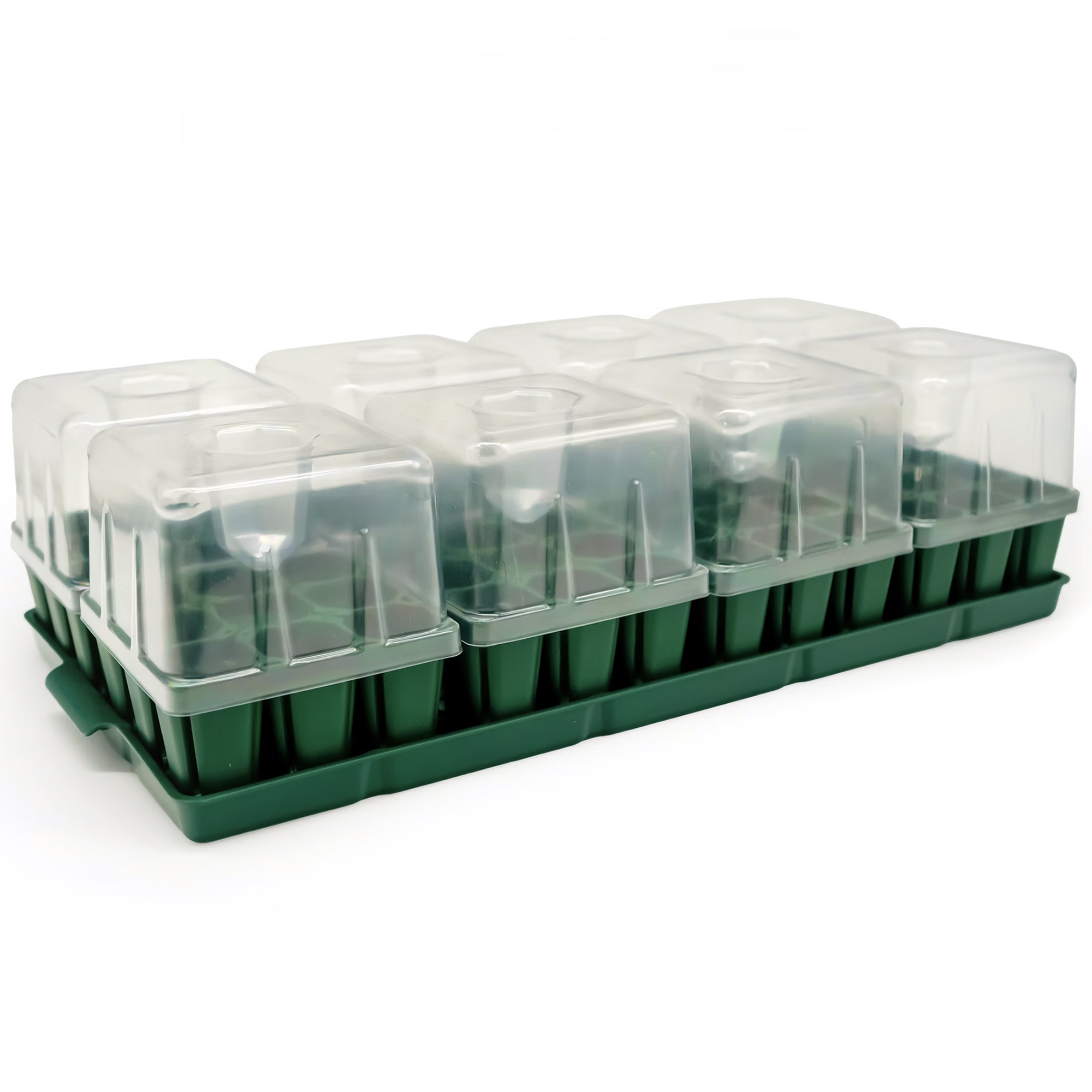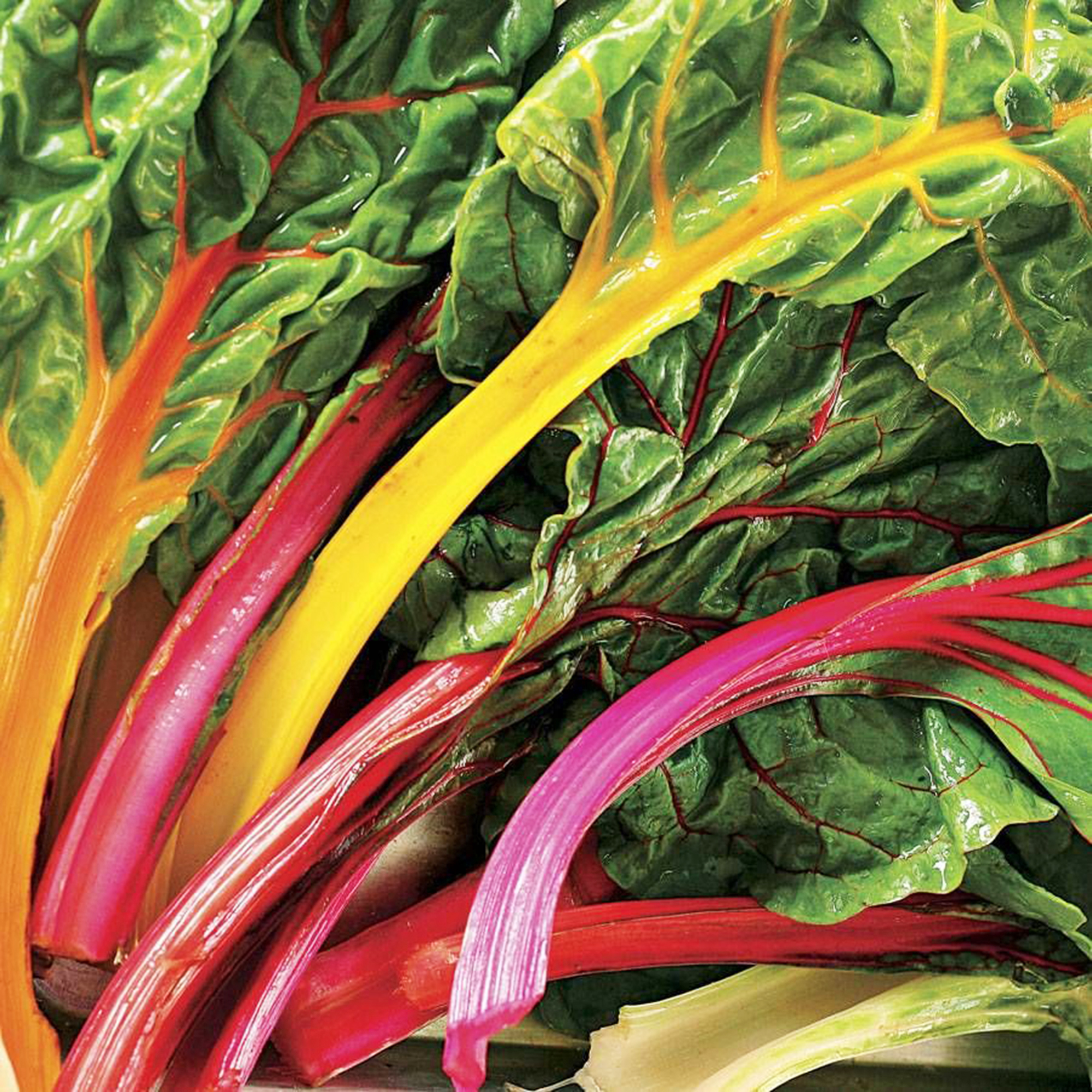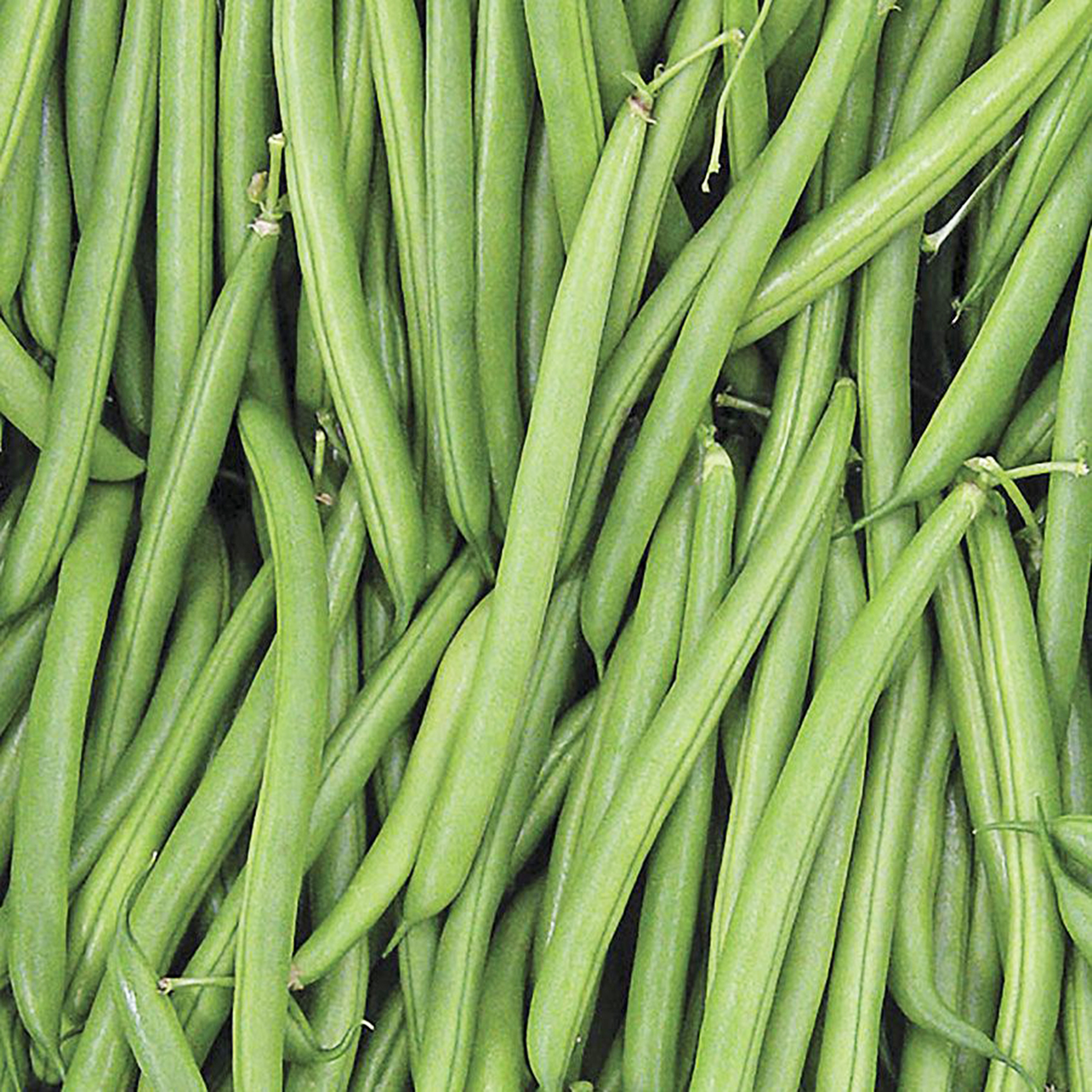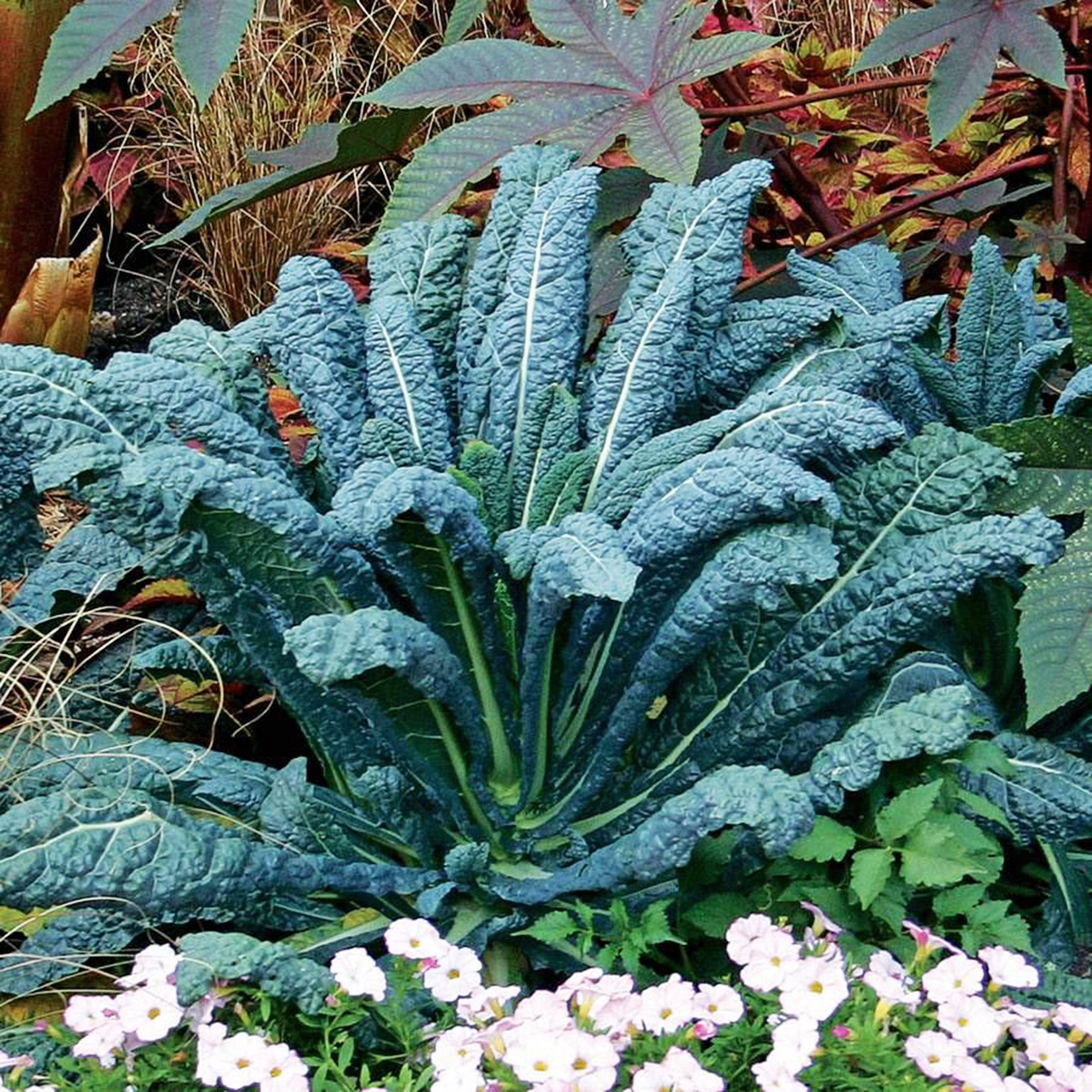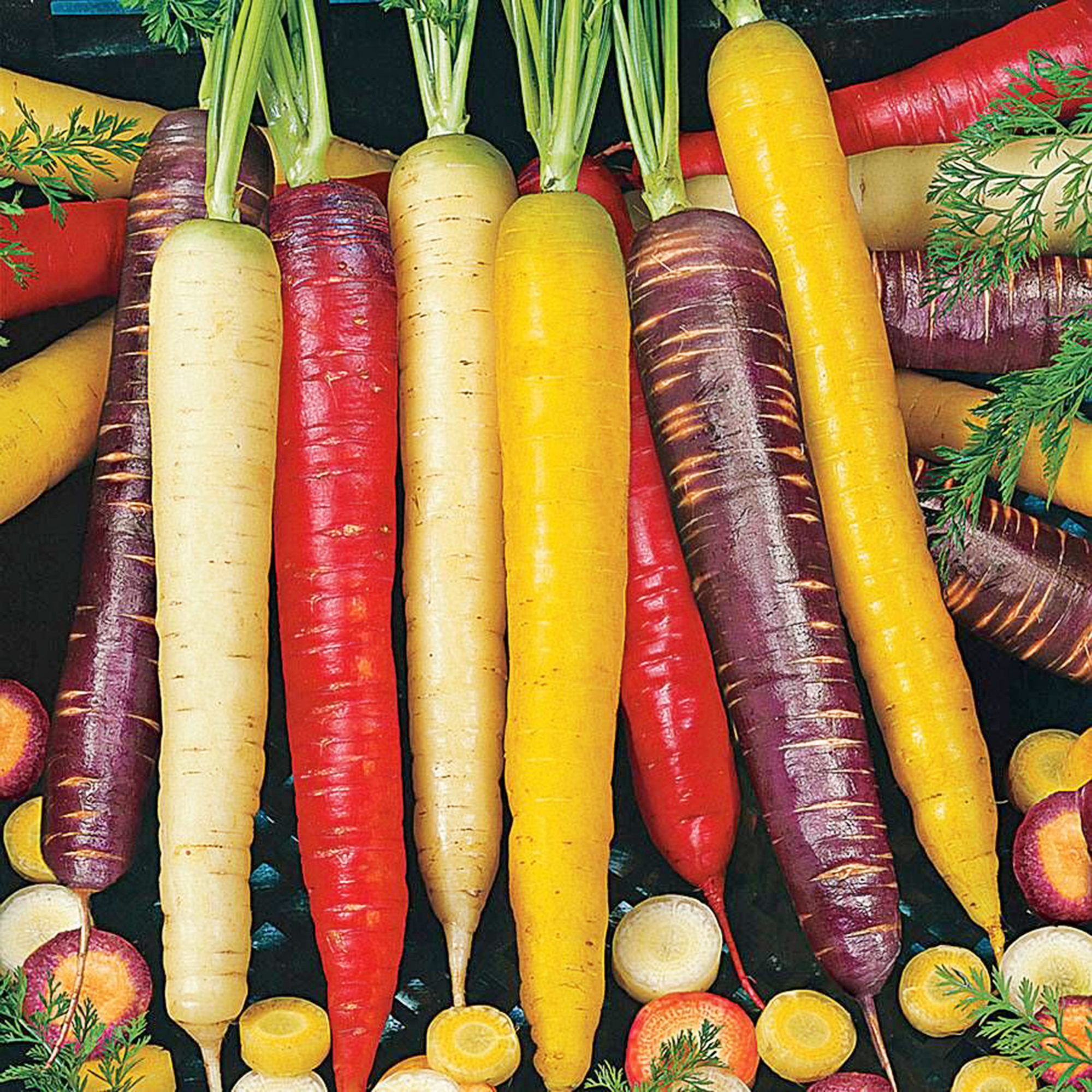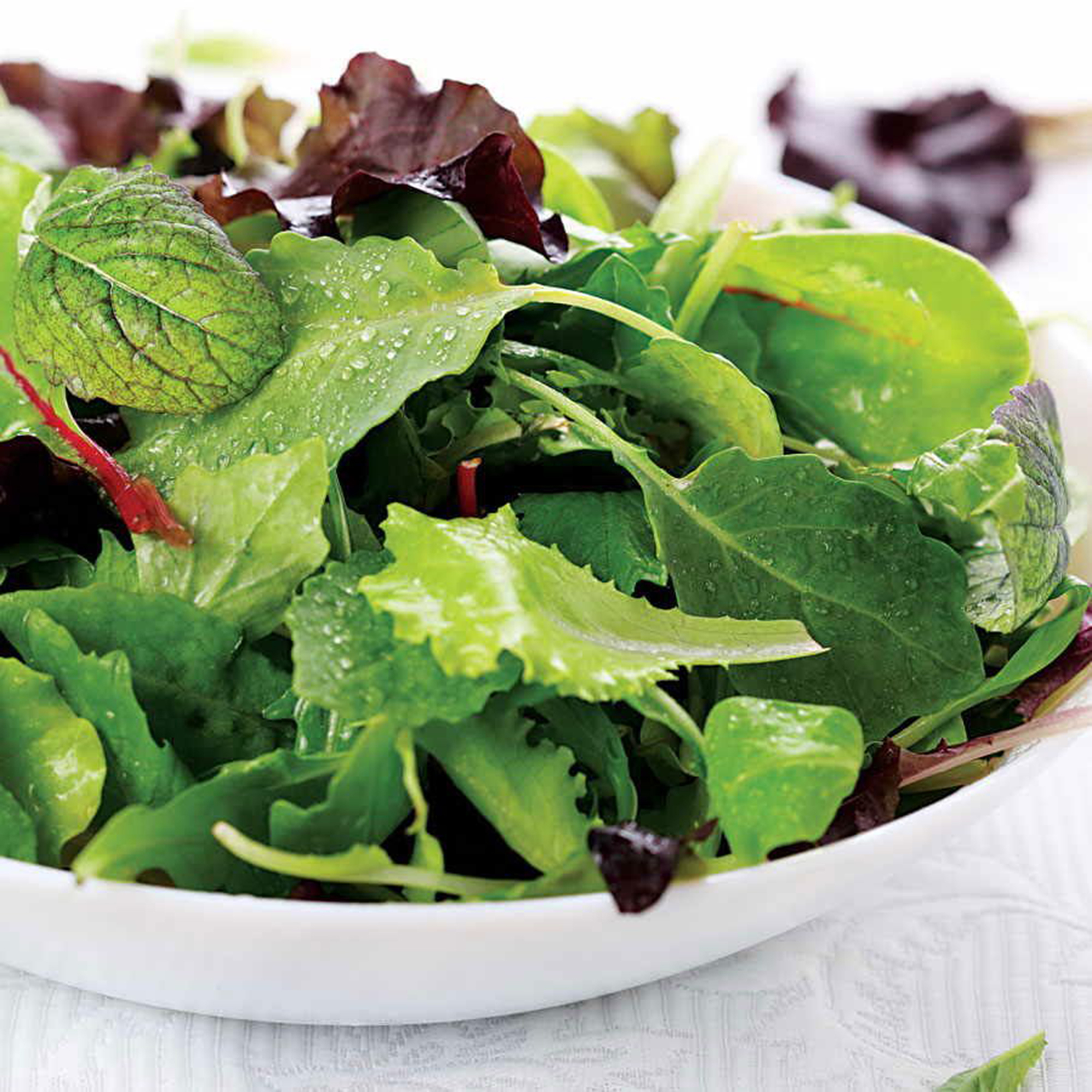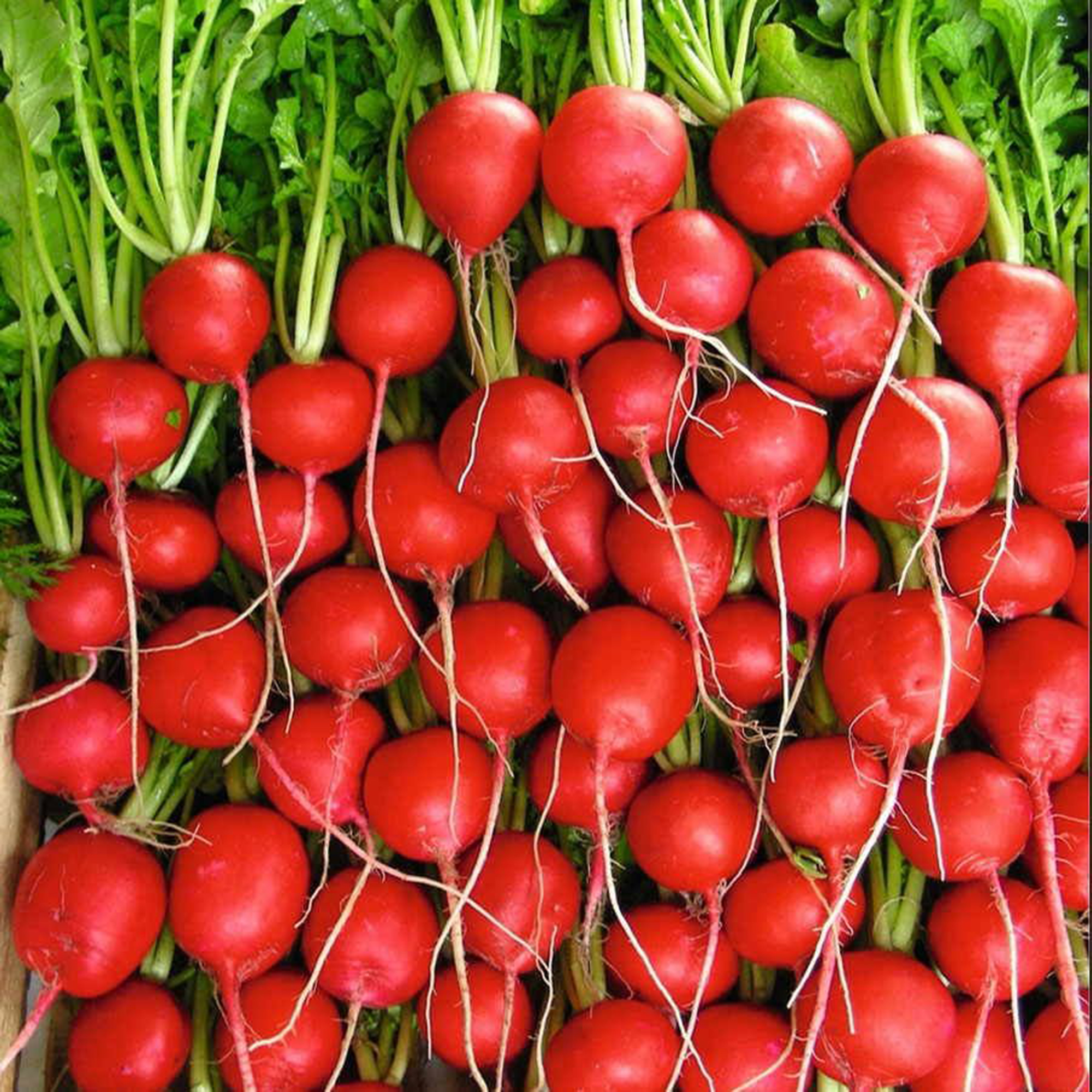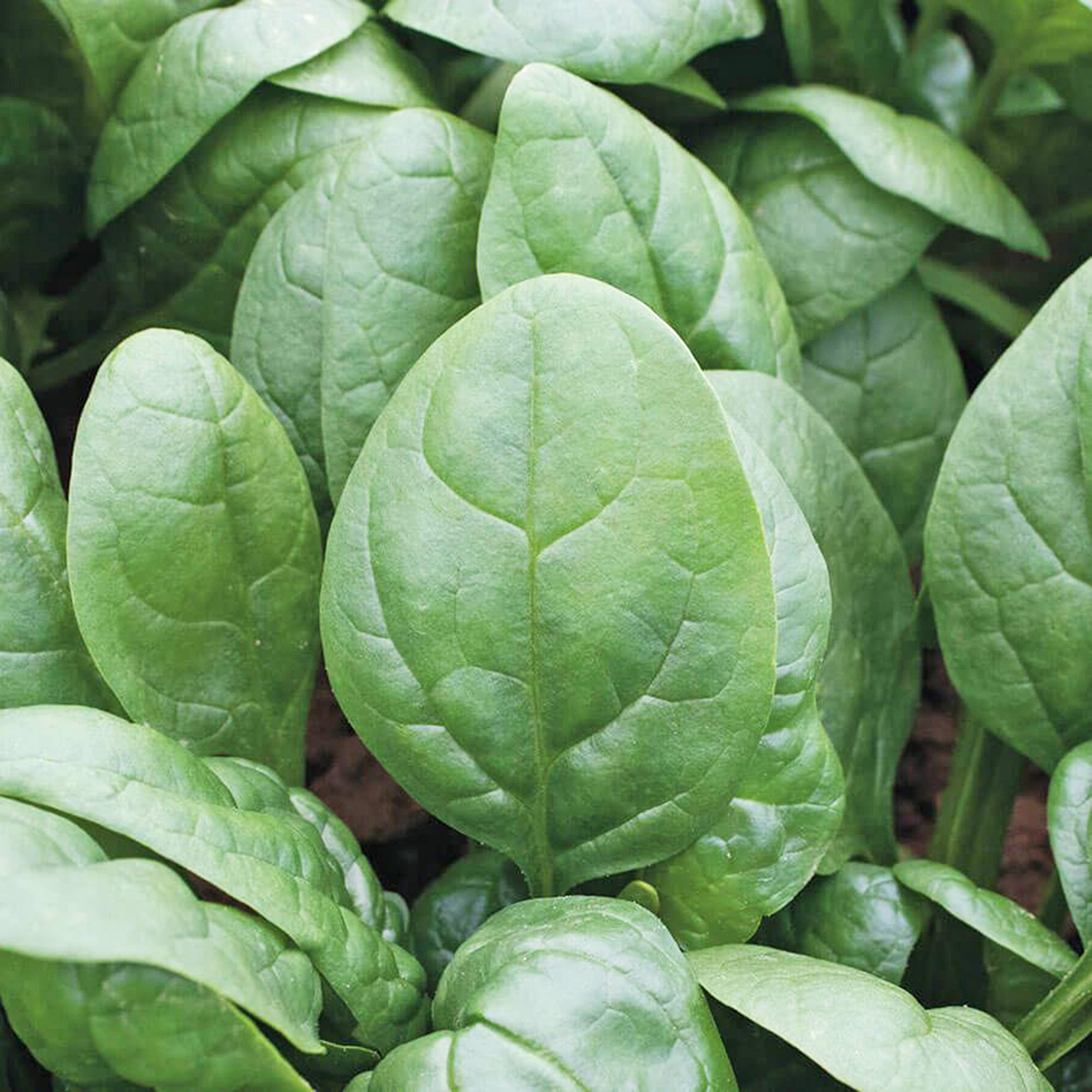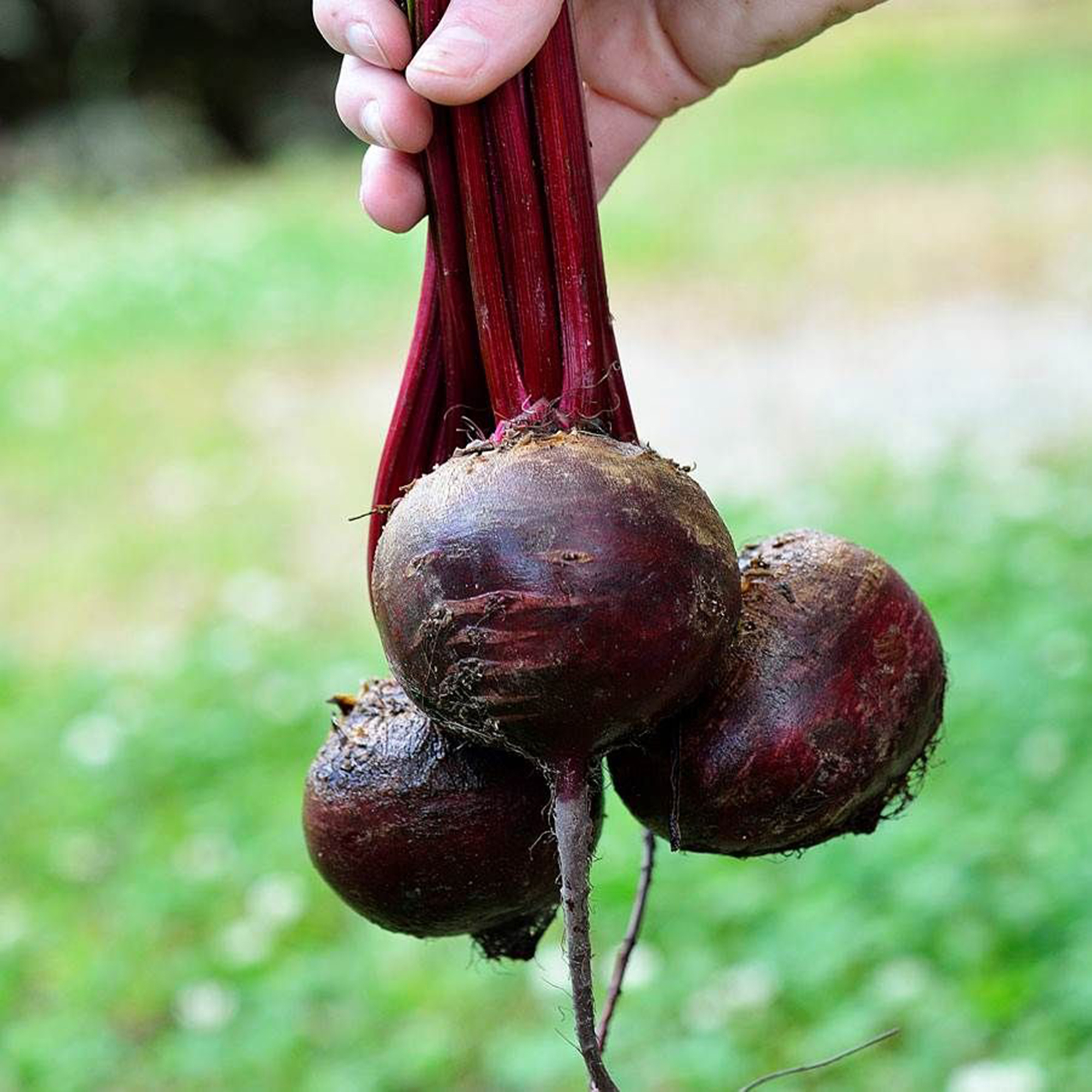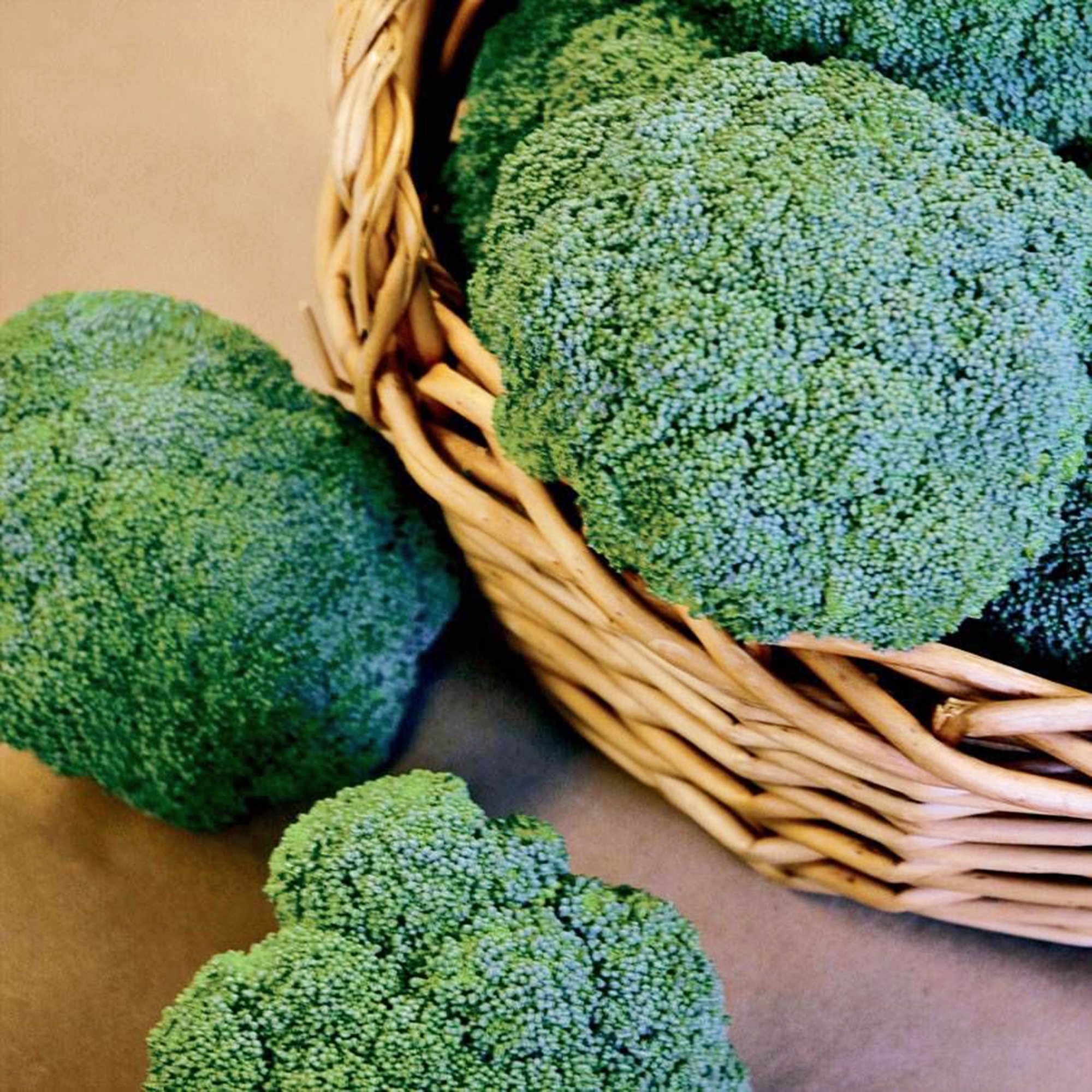15 Vegetables To Plant In August – For An Abundant Fall Harvest
August is the ideal time to plant many cool-weather vegetables that can be harvested through fall and into winter. Get sowing with our essential planting guide.
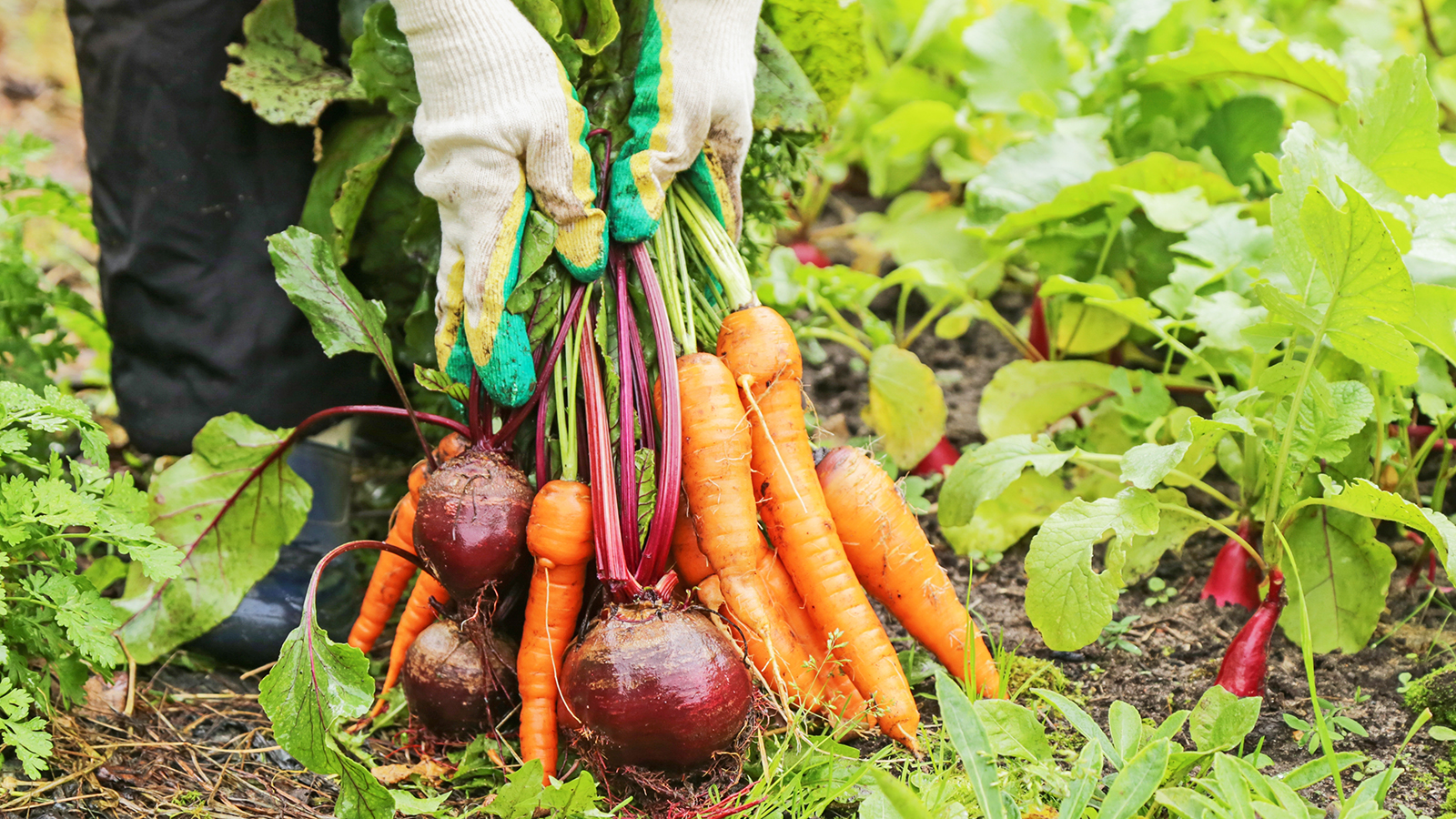

August is a bounteous time on the vegetable plot, with many crops at their peak. But while you are enjoying feasting on your home-grown harvest, start planning ahead for your fall table. August is the perfect time to begin sowing seeds for cool-weather crops that will keep your pantry stocked through Thanksgiving and into winter.
There is a wide variety of vegetables to plant in August, from leafy greens and brassicas to flavorsome roots. Some crops won’t be ready until late winter or early spring, but there are plenty of fast-growing vegetables that will supply you with a generous fall harvest. Several cut-and-come-again crops can be continuously picked.
Check Your Growing Zone
Your USDA hardiness zone will impact what you can grow, although there is always flexibility.
Gardeners in cooler regions 3-6 will be able to grow many leafy greens and root vegetables but may need to use protective measures such as cold frames to extend the growing season of certain crops.
Growers in warmer zones 7-10 can often extend the summer cropping season to fall, and the fall harvest season into winter, but may struggle with starting cool-weather crops too soon. Planting in partial shade can be a good solution where the sun is strong.
If you are just starting a vegetable garden, then August is an ideal time to get things going. Many fall vegetables are hardy and low-maintenance, and the pest population is lower later in the growing season.
Before planting, prepare your soil by digging in compost or organic matter. This is especially important when planting a second crop as the first crop will have depleted the nutrients in the soil. Check crop rotation guidelines to get the best out of your produce and minimize pests and disease transference.
When planting in August, the soil can quickly dry out, so water consistently and mulch to retain moisture. Keep weeds in check and monitor plants for pests.
Start sowing our pick of vegetables to plant in August, and in as little as four weeks, you can start enjoying the unparalleled taste and freshness of home-grown vegetables.
1. Swiss Chard
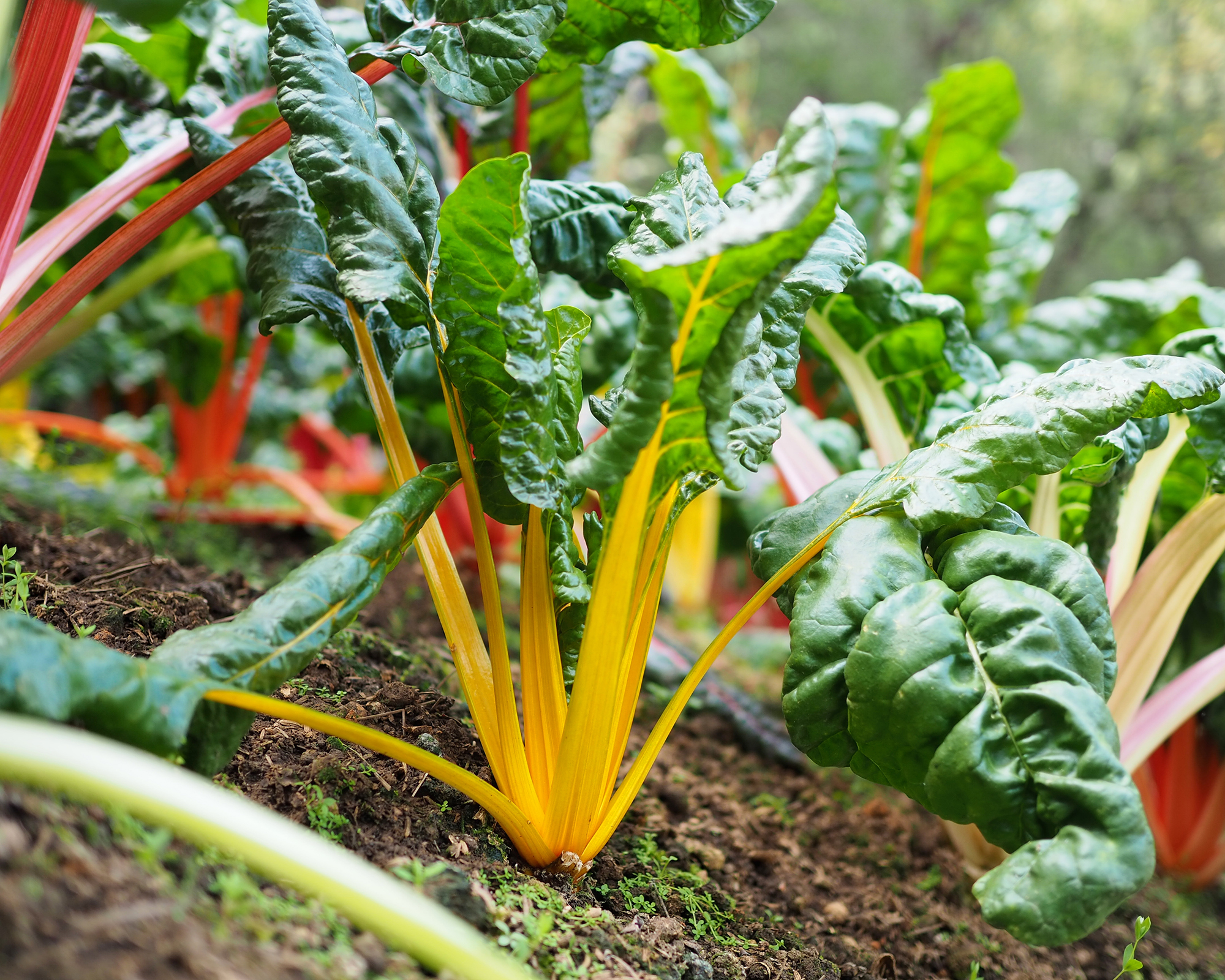
Delicious and versatile, Swiss chard also looks beautiful on the vegetable plot with its distinctive red or yellow veined leaves. It can be planted in spring for a summer crop, or in summer for a fall harvest.
Sign up for the Gardening Know How newsletter today and receive a free copy of our e-book "How to Grow Delicious Tomatoes".
Get the most out of your chard by harvesting it as cut-and-come-again – use young leaves in salads, and larger leaves in stir-fries. The stalks and ribs can be prepared like asparagus.
Chard thrives in full sun to partial shade, in well-draining soil, and needs regular watering in dry weather. The crop is quick to mature, ready to harvest in 50-75 days.
2. Green Beans
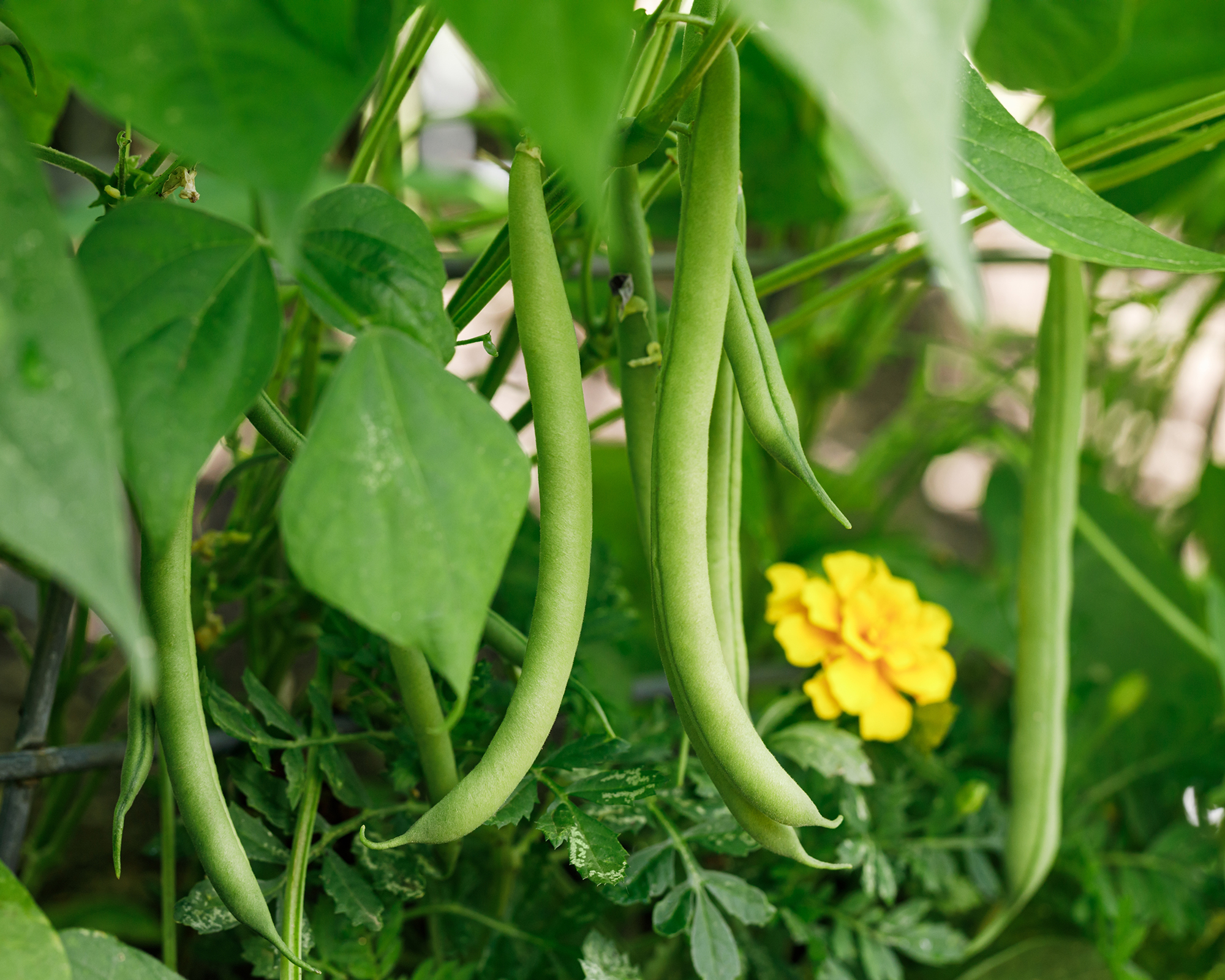
Though usually planted earlier in the summer, there is still time for a quick crop of green beans in many areas before the frost sets in. Choose a fast-growing variety such as Contender, Provider, Top Crop, or Kentucky Wonder, which are ready to harvest in as little as 7 weeks.
Start picking beans daily when they are young and tender, as soon as the pods feel full, and the plant will stay productive until the frosts hit.
Sow seeds about 1 inch (2.5cm) deep in nutrient-rich soil in a sunny spot, and water consistently. Pole varieties will need staking as they grow.
3. Kale
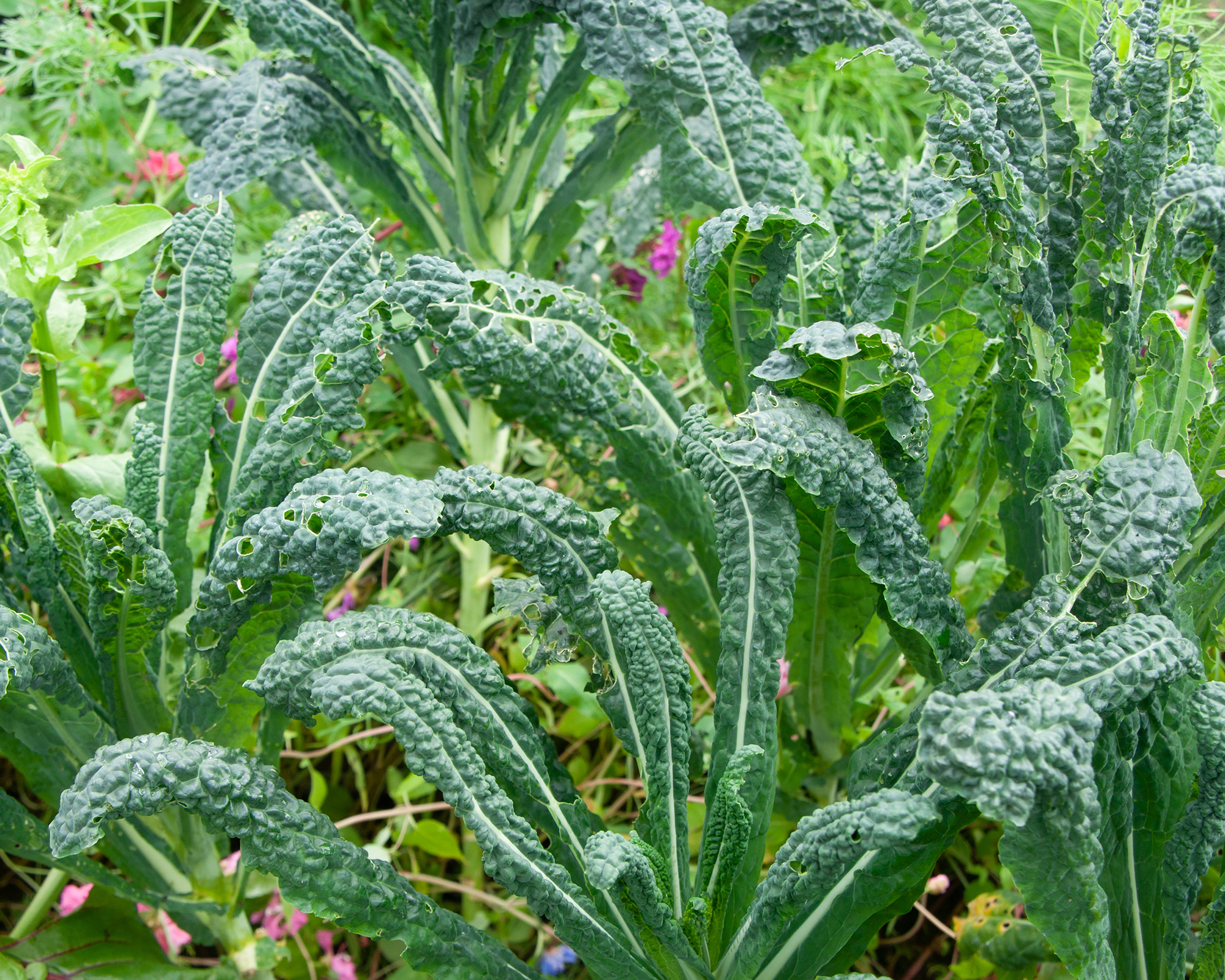
Kale is a cool-weather crop that takes 2-3 months to mature, so plant quicker-growing varieties in August for an early-fall crop, or enjoy the leafy veg at Thanksgiving or over winter.
Sow seeds directly in loamy, well-draining soil and water in dry periods. Kale dislikes the heat, so in warmer climates, plants can be positioned in a shadier spot. It needs little care aside from occasional weeding around it and ensuring the soil doesn’t dry out.
Harvest kale plants whole or pick young leaves and enjoy it as a cut-and-come-again crop.
4. Carrots

Glazed or roasted carrots make the perfect Thanksgiving side dish, and with succession sowing can be enjoyed almost year round. They take at least 3 months to grow from seed so get planting now for a fall harvest.
Sow into sandy, well-drained loamy soil free from rocks or stones, in a full-sun location. Keep soil moist but not soggy, and remove any weeds that appear.
You can begin harvesting carrots when they are finger-sized for young, tender vegetables. Overwintering carrots in the ground is also an option, so be generous when sowing seeds.
5. Lettuce
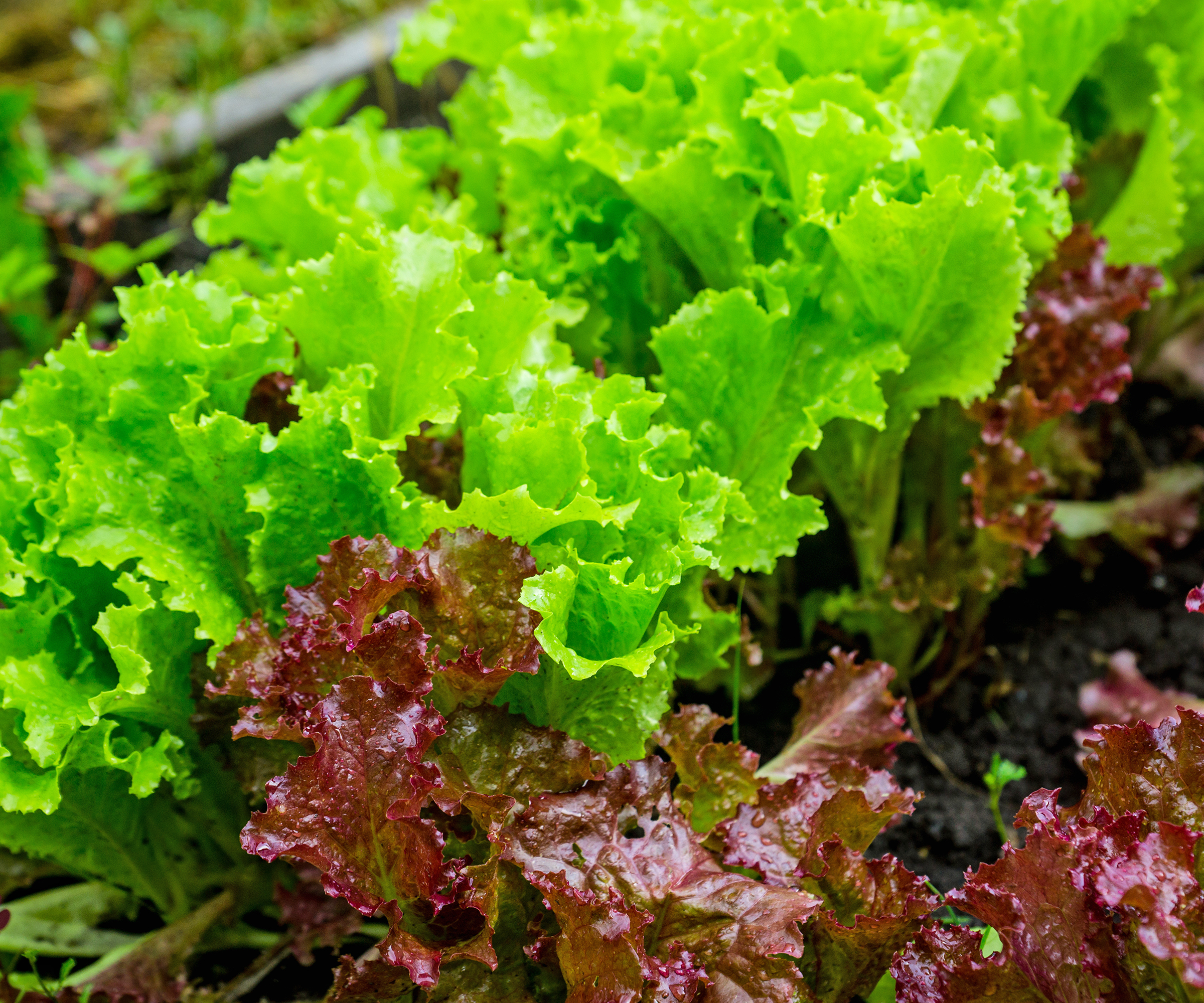
Though its fresh taste is evocative of summer, lettuce is a cool-season crop that grows well in the fall. Sow seeds every two weeks until September for a continual crop until the end of the season. In warmer zones lettuce can even be grown outdoors over winter.
Lettuce tastes best when it grows quickly, so prior to planting fertilize the soil with a high-nitrogen feed that will promote leafy growth. It needs a sunny spot, although in hot climates is best grown with light shade. The seed is tiny, so sprinkle it onto fine soil and lightly cover it with seed starting mix or sieved soil.
Cut plants whole in the morning when crisp, or harvest leaves as cut-and-come-again by leaving the heart of the plant intact.
6. Radishes
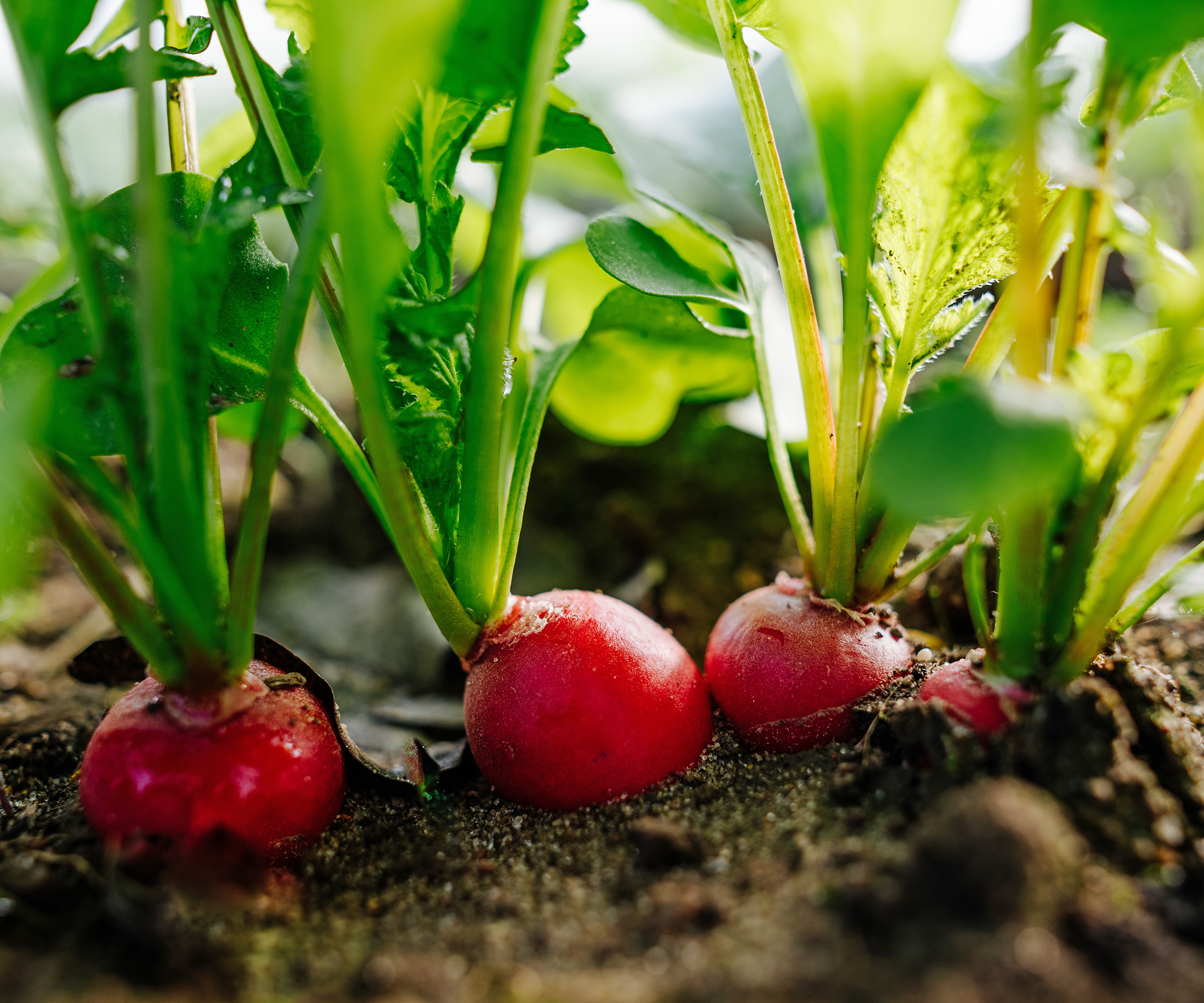
Radishes are one of the fastest-growing vegetables, producing a crop in as little as 4 weeks. Their small size makes them ideal intercrops for filling gaps in between slower-growing plants.
The peppery roots add crunch and flavor to salads, or can be nibbled on while working in the garden. They can also be pickled or roasted to bring out their earthy sweetness.
Sow radishes in light soil – there is no need to fertilize it – and water consistently. Harvest them young and eat as soon as possible.
7. Spinach
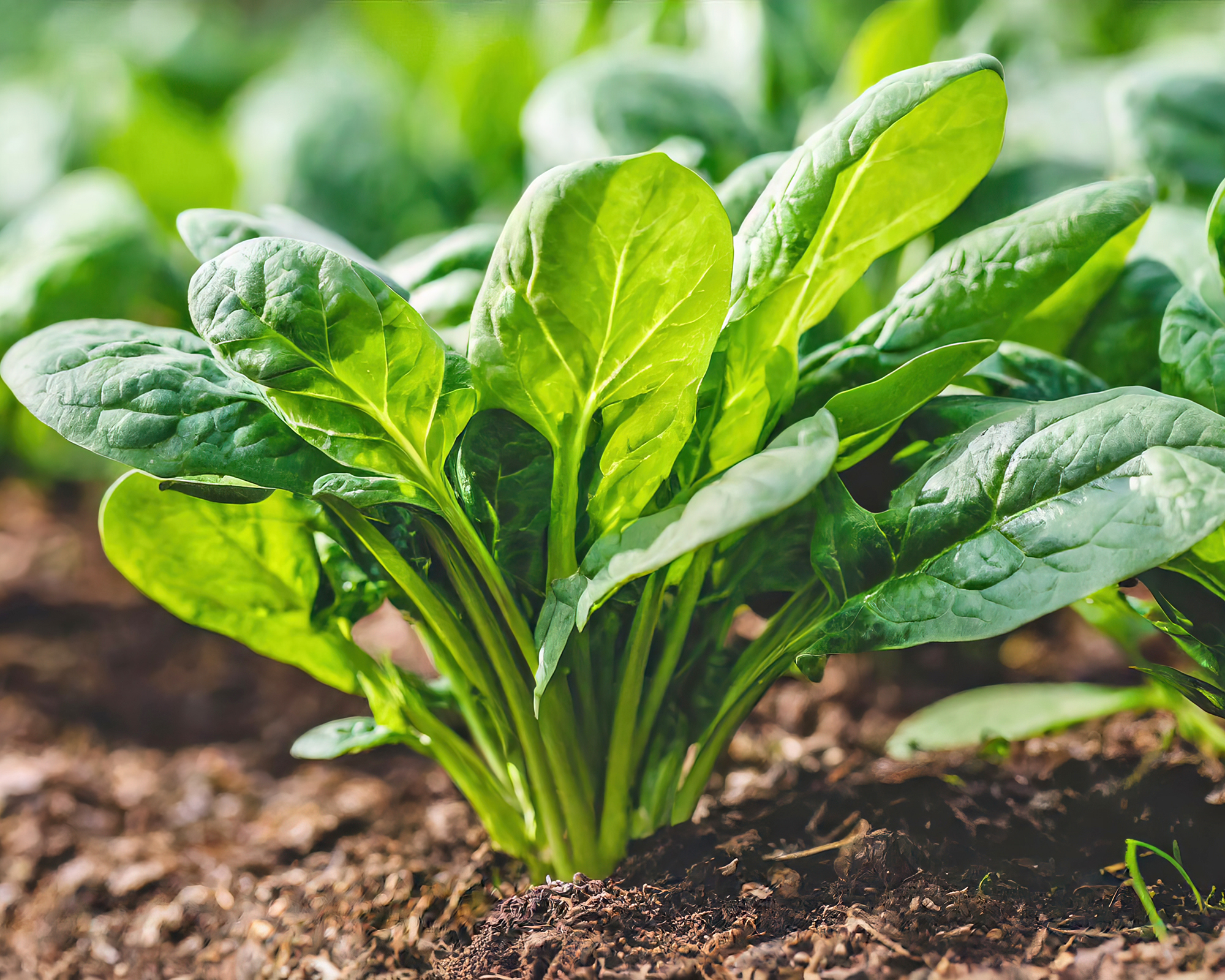
Spinach is a versatile vegetable that can be enjoyed fresh in salads as baby leaves, sauteed and served as a side dish, or cooked into all manner of recipes, from pasta dishes to curries.
You can sow spinach from late summer until a few weeks before the first frost, and harvest through fall and winter.
Spinach is a heavy feeder, so amend soil with compost or fertilizer prior to planting. Keep the soil moist but not soggy with consistent watering.
You can harvest spinach as a cut-and-come-again crop by taking the outer leaves and gradually working your way towards the center. Alternatively, remove the whole plant by cutting it off at the base – it may resprout for a second harvest.
8. Beets
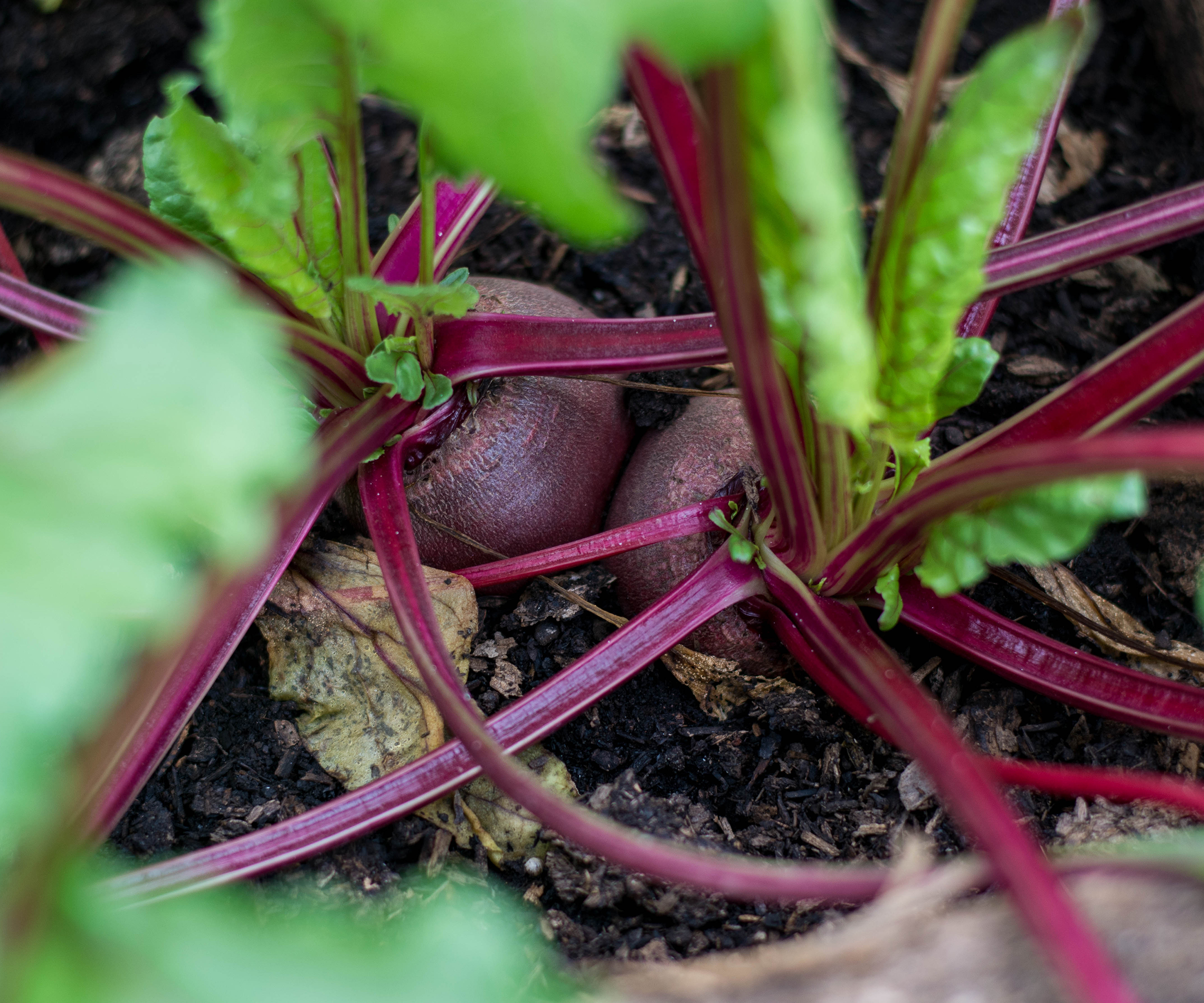
With their sweet, earthy flavor, beets are versatile root vegetables that can be roasted, boiled, pickled, or even baked into cake. As well as the root, the leaves are edible, and taste the same as beet’s close cousin Swiss chard. You can even harvest the leaves as cut and come again, as long as you leave some on the plant.
Direct sow seeds in August into light, well-draining soil, and keep moist. In hotter zones, you may find it better to sow a little later as beets dislike high temperatures. Gardeners in many southern states can grow beets throughout the winter.
Harvest beets 2-3 months after planting, depending on whether you prefer baby or medium-sized vegetables. As they mature, the beets’ shoulders will begin to pop up out of the soil.
9. Broccoli
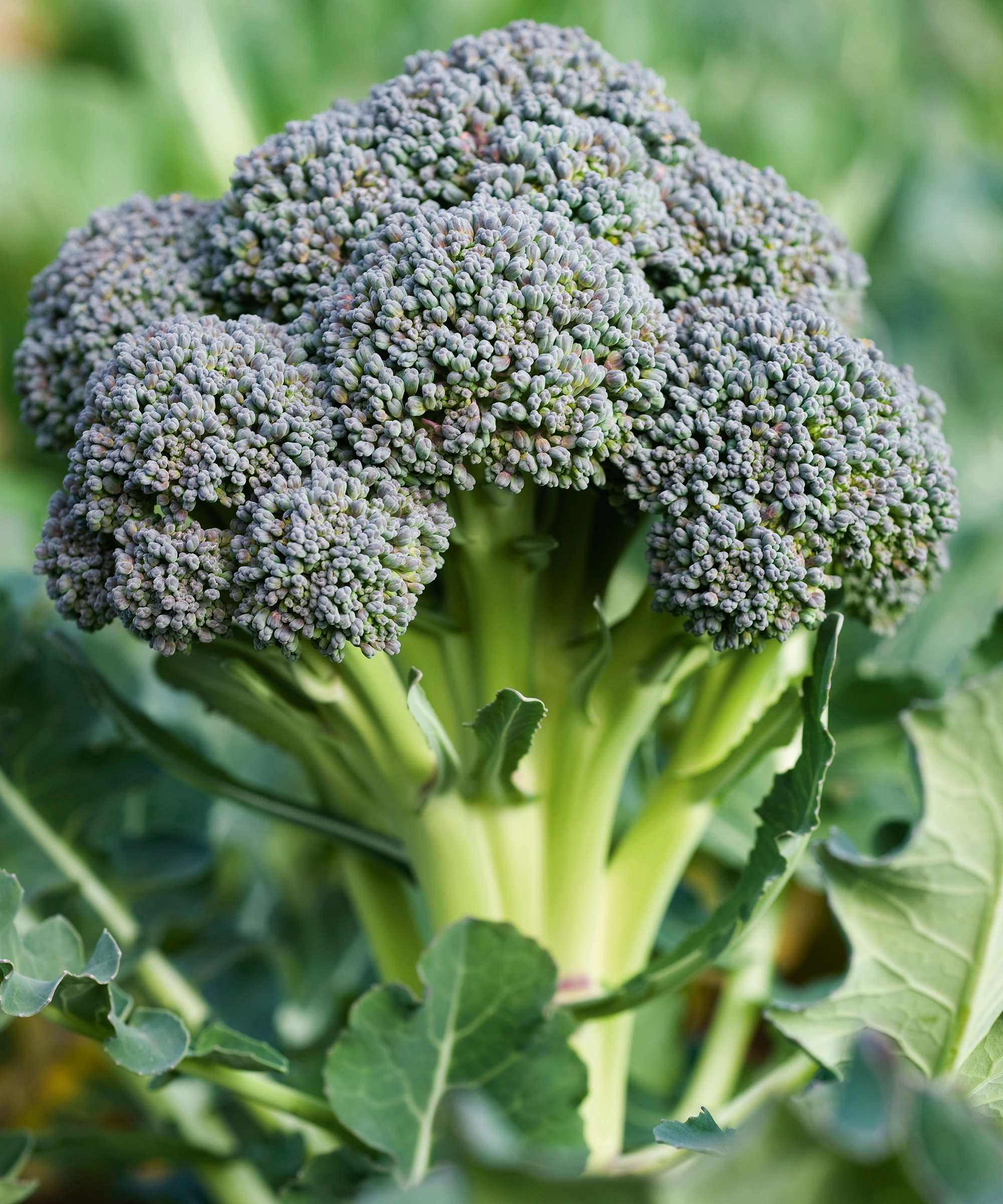
Traditionally thought of as a spring crop, broccoli can also be planted in the summer for a fall harvest in certain zones (5-8).
Plants will suffer in the heat, so if the weather is hot, start seeds indoors to skip the highest temperatures.
Broccoli needs full sun, well-draining loamy soil, and a generous plant spacing of around 12-24 inches (30-61cm) apart to develop a large central head.
Harvest broccoli when the head is firm and measures around 4-7 inches (10-18cm) wide. Once the main head has been cut, the plant will continue to produce side shoots. Regularly harvest these and the plants will keep producing for several weeks.
10. Scallions
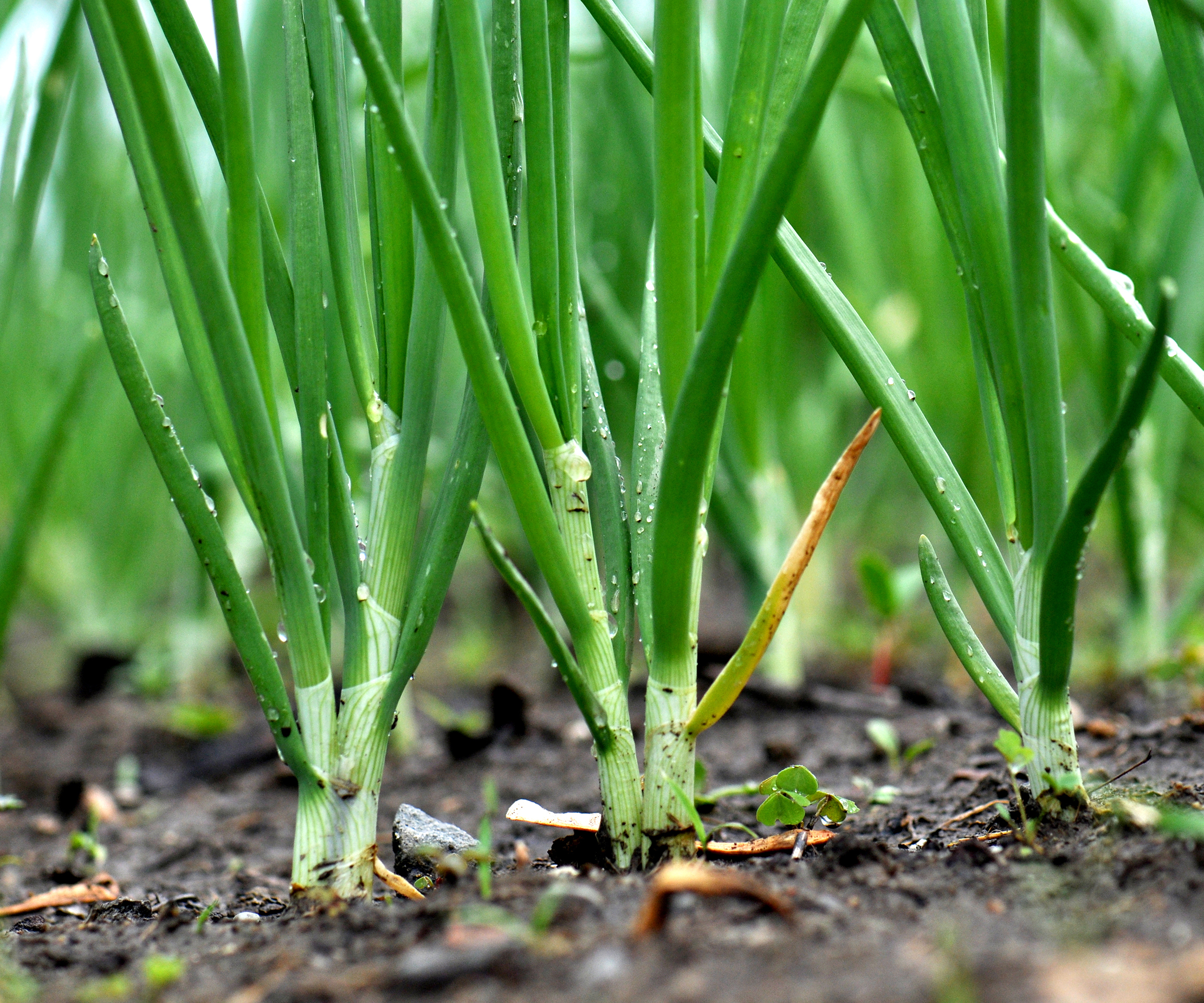
Scallions – or spring onions – are one of the best crops to fill in gaps on the veg plot. They are delicious in salads and stir-fries and are fairly quick to grow. Their scent is a deterrent to certain pests, making them an excellent companion plant for other vegetables.
It takes around 8 weeks from sowing to harvesting, so plant in early August for a fall crop, and then start sowing overwintering varieties in October for a New Year harvest.
Scallions thrive in a sunny spot in well-drained soil. They need little attention apart from removing competing weeds and watering in periods of dry weather.
11. Arugula
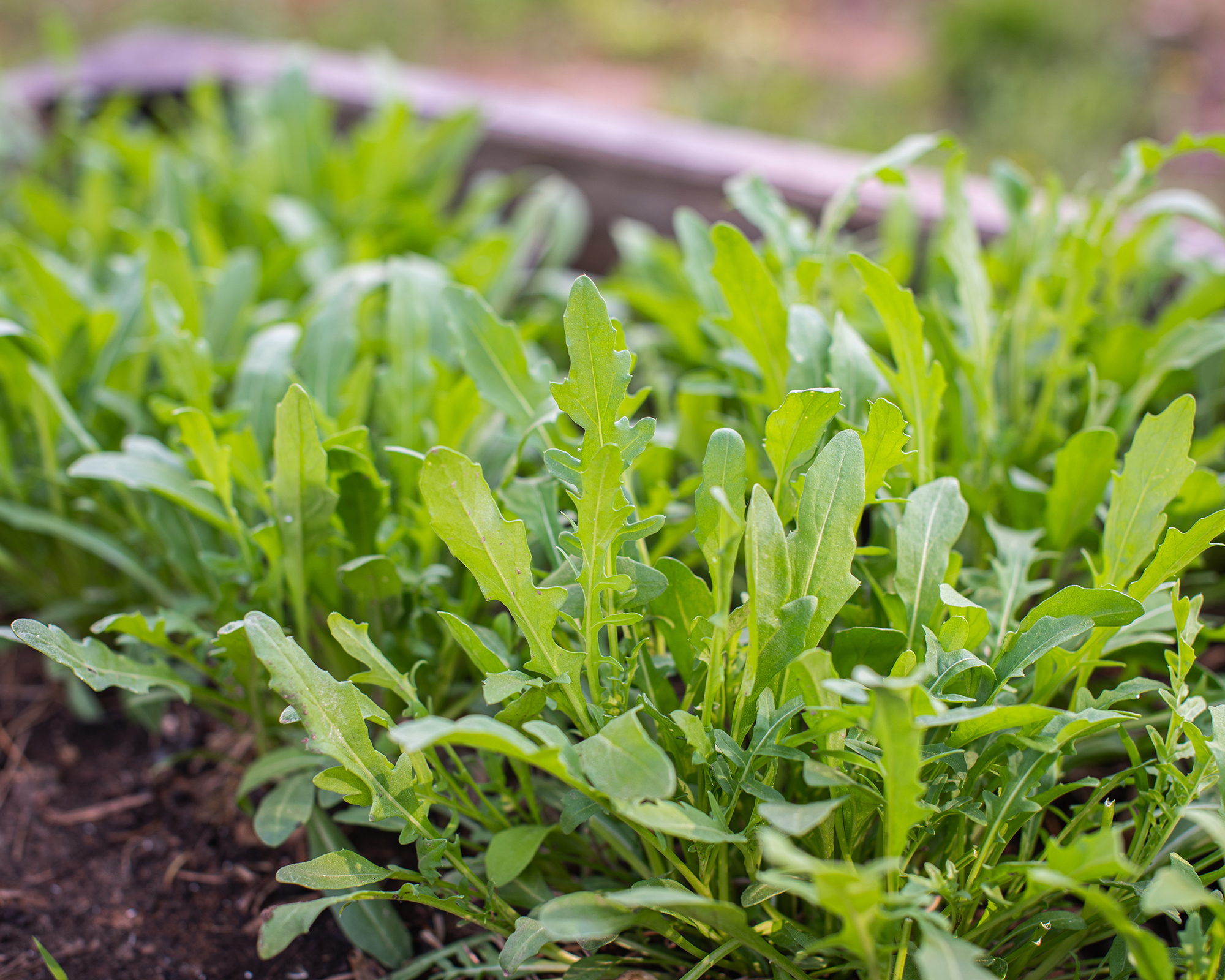
Arugula – or rocket – is a leafy ancient crop that is a staple ingredient in Italian recipes. Eaten raw or cooked, it has a delightful nutty, peppery flavor that lifts salads, pizzas, pasta dishes, soups, and more.
It’s easy to grow and can pretty much be harvested year-round. Sow seed in August and September to enjoy its flavor throughout fall.
Arugula thrives in free-draining soil in a sunny spot, though it will tolerate some shade. Dig in some compost before planting and keep the soil moist but not soggy.
Harvest as cut-and-come again to use as a garnish, or whole plants to blitz into a punchy pesto.
12. Turnips
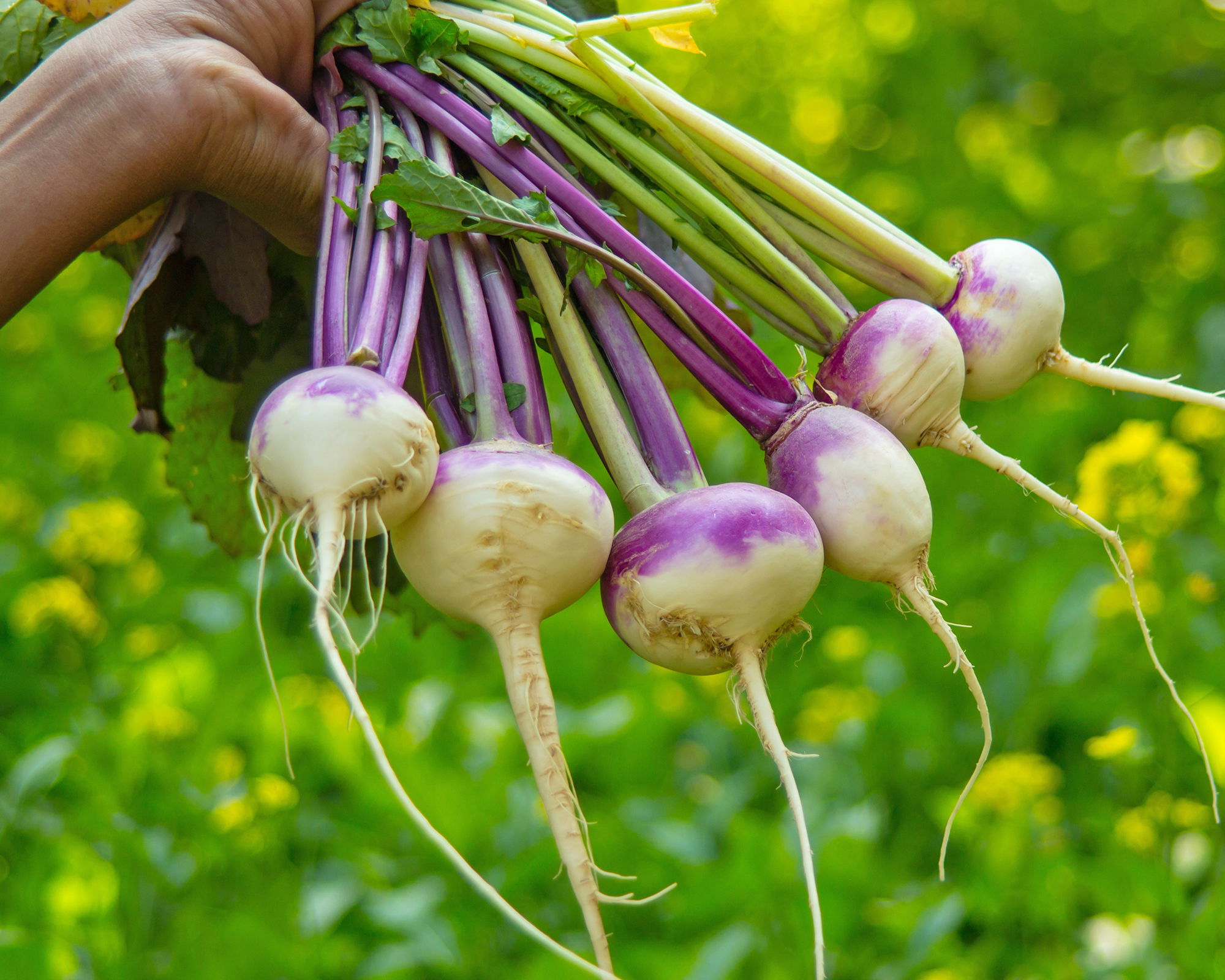
Few vegetables are as hearty in a fall stew as the humble turnip. However, the sweet, peppery roots can be enjoyed in a variety of recipes, including sauteed as a side dish, roasted with other root vegetables, layered thinly in a gratin, or even used as a rice replacement in risotto.
Turnips’ leafy tops are also delicious. They taste similar to mustard greens and can be harvested as cut and come again.
Sow seed in a sunny spot, or partial shade in warmer zones, and water consistently in dry periods. Harvest when the turnips are no bigger than 2 inches (5cm) in diameter. They take around 2 months to mature.
13. Bok Choy
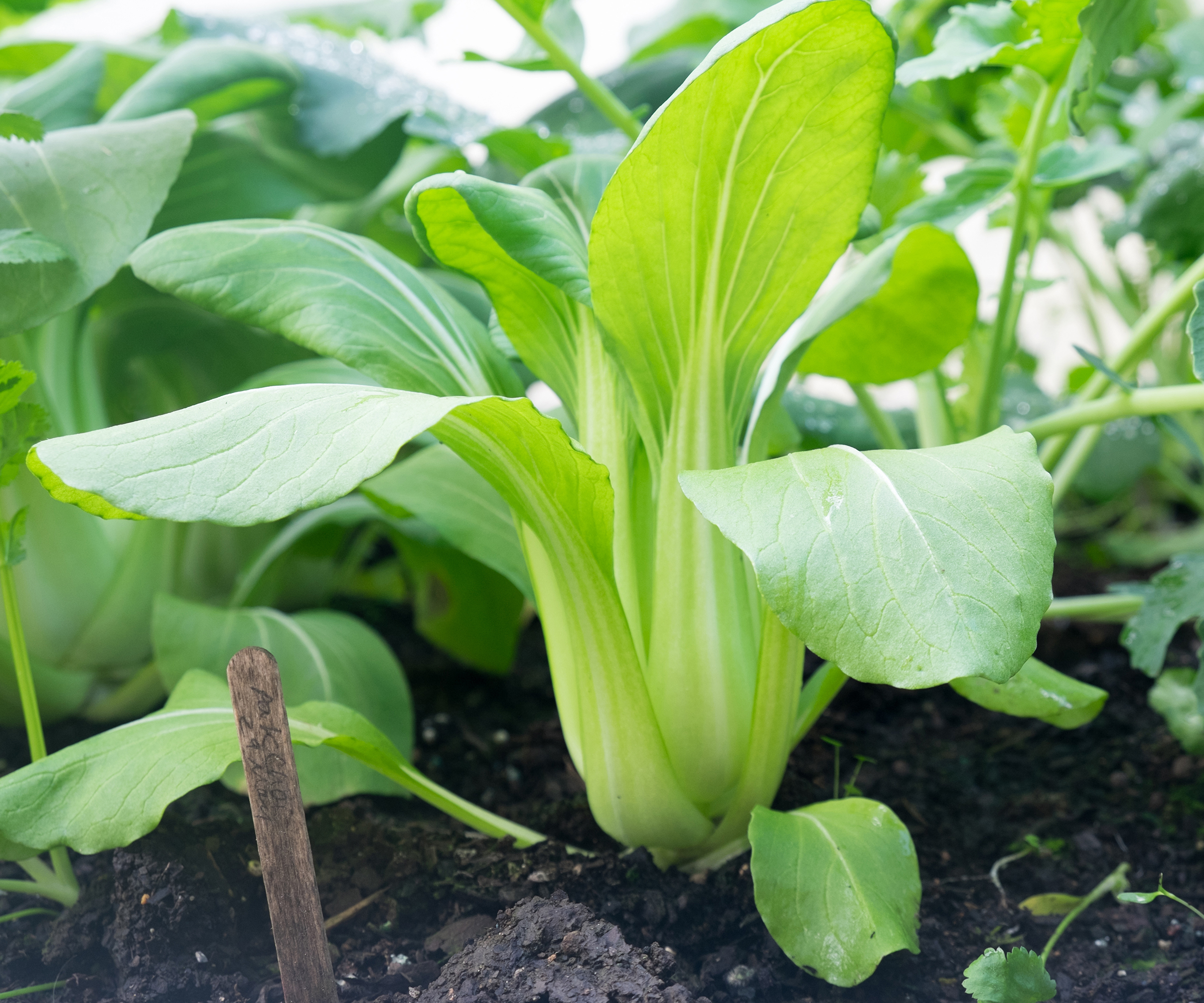
A popular Chinese green, bok choy is a tasty, fast-growing leafy vegetable that can be eaten raw or cooked. As well as the classic stir-fry, add it to salads, or sautee as a side dish as an alternative to leafy brassicas.
Growing bok choy as a fall crop is simple: direct sow seed in a sunny spot into well-draining soil. Mulch crops and keep them consistently moist to avoid premature bolting. In warmer zones, it is best to plant bok choy in partial shade.
You can expect to start harvesting bok choy in as little as 30 days for baby varieties, and 45 days for larger plants.
14. Mustard Greens

As their name suggests, mustard greens have a spicy flavor that gives a kick to salads, stir-fries and sauteed side vegetables.
Plant seeds in summer for a fall harvest, in a spot that receives full sun to partial shade. Mustard greens don’t need much attention apart from watering in dry weather and keeping the site weed free.
Harvest leaves while they're young and tender, as old leaves are tough and bitter. Discard any yellow leaves. Treat the crop as cut and come again, or cut the entire plant at the base.
15. Kohlrabi
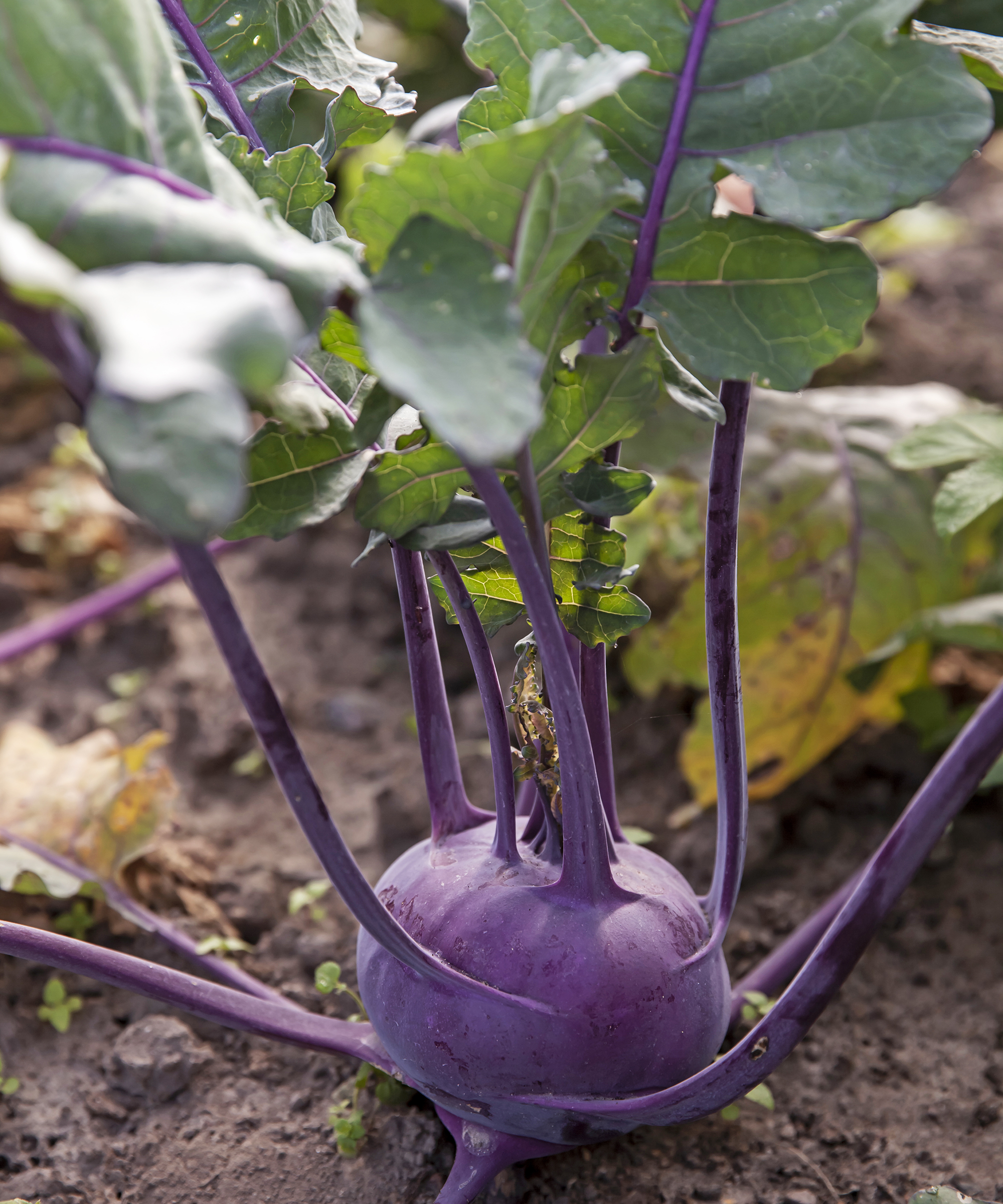
Kohlrabi is a brassica with a taste similar to broccoli or turnip. Red and purple varieties are also quite attractive and add ornamental value to the vegetable plot.
Both the bulbs and leaves of kohlrabi are edible and can be eaten raw or cooked. The vegetable is high in protein so is a good meat alternative in many dishes.
Fertilize soil and sow kohlrabi seeds early in August for a tasty crop in October. Succession sow every two weeks for a continuous supply.
Keep the soil consistently watered to avoid tough, woody stems, and harvest kohlrabi when the first stem is 1 inch (2.5cm) in diameter. It can be continuously harvested until the stems are 2 to 3 inches (5-8cm) in diameter and the plants have grown tough.
This article features products available from third-party vendors on the Gardening Know How Shop.

Melanie is an experienced gardener and has worked in homes and gardens media for over 20 years. She previously served as Editor on Period Living magazine, and worked for Homes & Gardens, Gardening Etc, Real Homes, and Homebuilding & Renovating. Melanie has spent the last few years transforming her own garden, which is constantly evolving as a work in progress. She is also a passionate organic home grower, having experimented with almost every type of vegetable at some point. In her home, Melanie tends to an extensive houseplant collection and is particularly fond of orchids.
